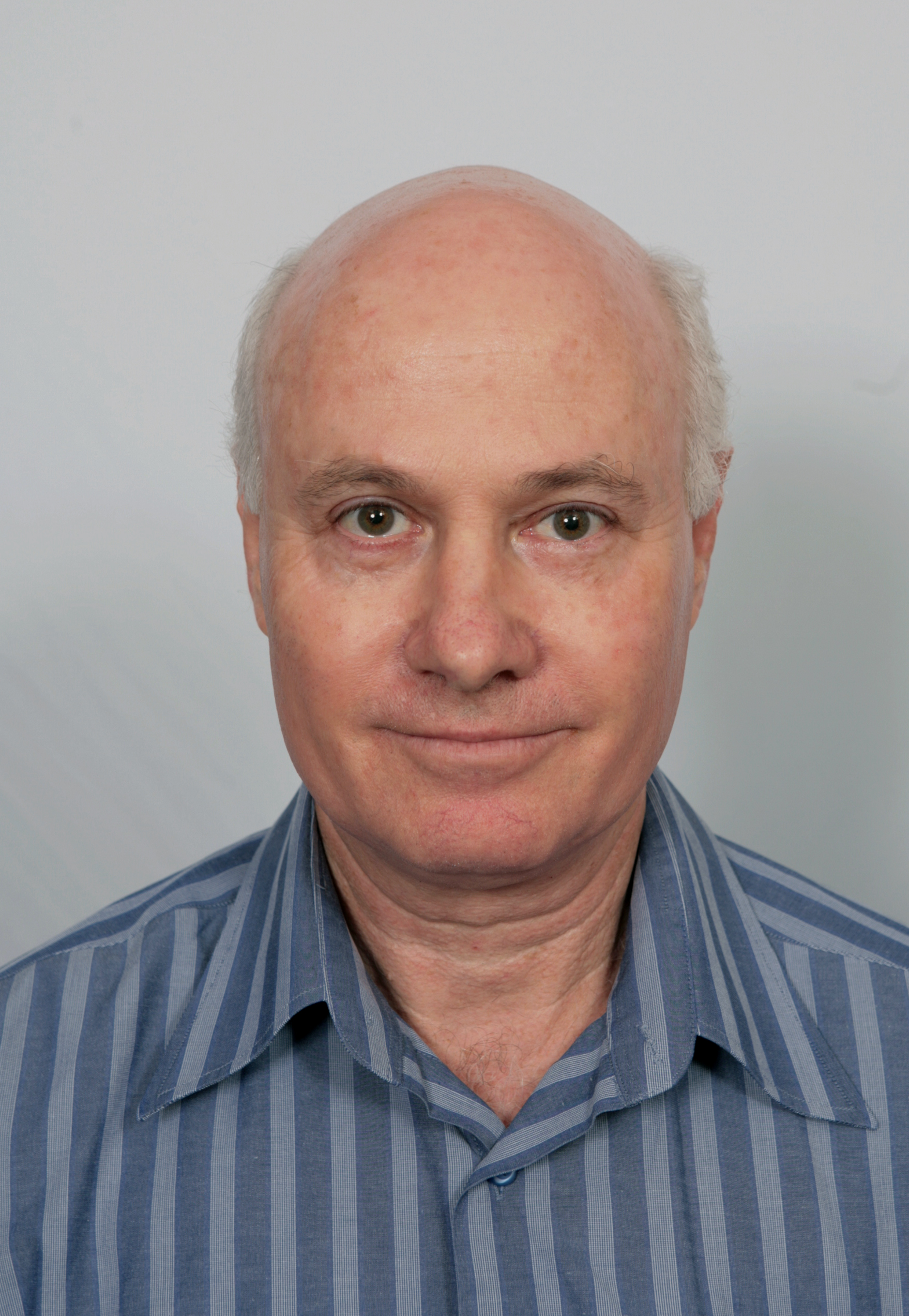
Itamar Barash
Agricultural Research Organization Israel
Title: Delineating stem cells and cell hierarchy in the bovine mammary gland
Biography
Biography: Itamar Barash
Abstract
The bovine mammary gland is a favorable organ for studying mammary cell hierarchy due to its adaptation to extensive cell expansion, differentiation and renewal. The Higher stem cell number at the onset of lactation may augment lactation persistency and add commercial benefits to the scientific knowledge. However, little is known about the bovine mammary stem cells and cell hierarchy. Here, bovine mammary epithelial cells were sorted according to the expression of CD24 and CD49finto 4 enriched populations: Stem cells, Basal cells, luminal progenitors and differentiated luminal cells. The enriched CD49fpos/CD24med population exhibited in vitro stem cell properties and held the greatest in vivo potential to regenerate the mammary epithelium, upon transplantation into the mammary fat pad. Clone formation, gene expression and floating mammosphere analysis combined with the transplantation experiments suggested that the stem cells give rise to bi-potent progenitors which differentiate along the basal/ myoepithelial lineage and possibly also give rise to luminal cells. The stem cells also generate luminal-restricted progenitors that give rise to differentiated luminal cells. Outgrowths generated by bovine cell transplantation maintained bovine cell characteristics, but did not expend in the mouse mammary fat pad. Fibroblast pre-transplantation improved outgrowth frequency, but not expansion. Limited expansion was achieve with estrogen and progesterone treatment. The underlying mechanism of the restricted bovine outgrowth development was studied in vitro. Apparently, it involves secreted factor(s) from the mouse mammary stroma that inhibit the development of foreign epithelial structure via paracrine signaling and may serve as a local defense mechanism against foreign tissue development.
